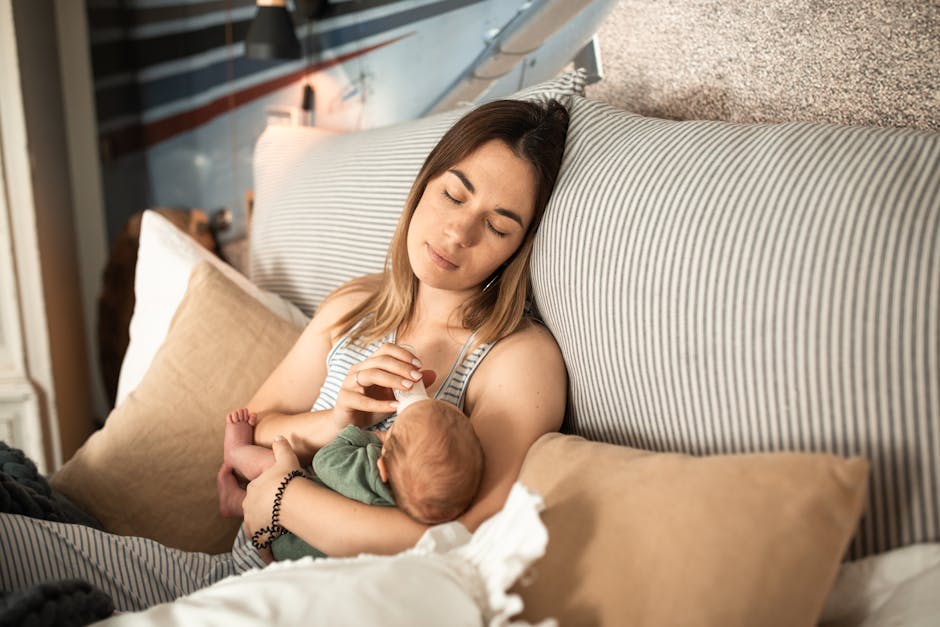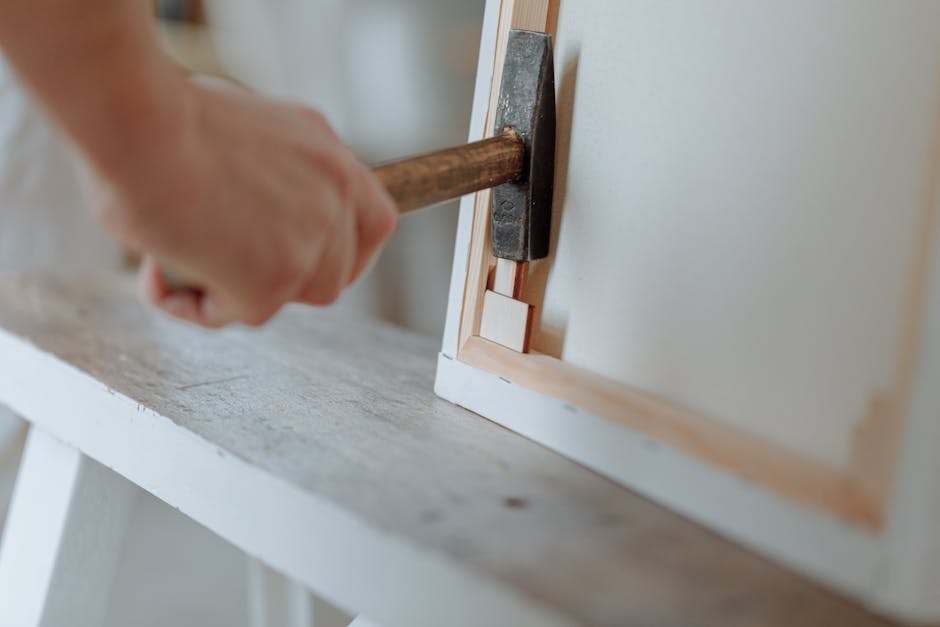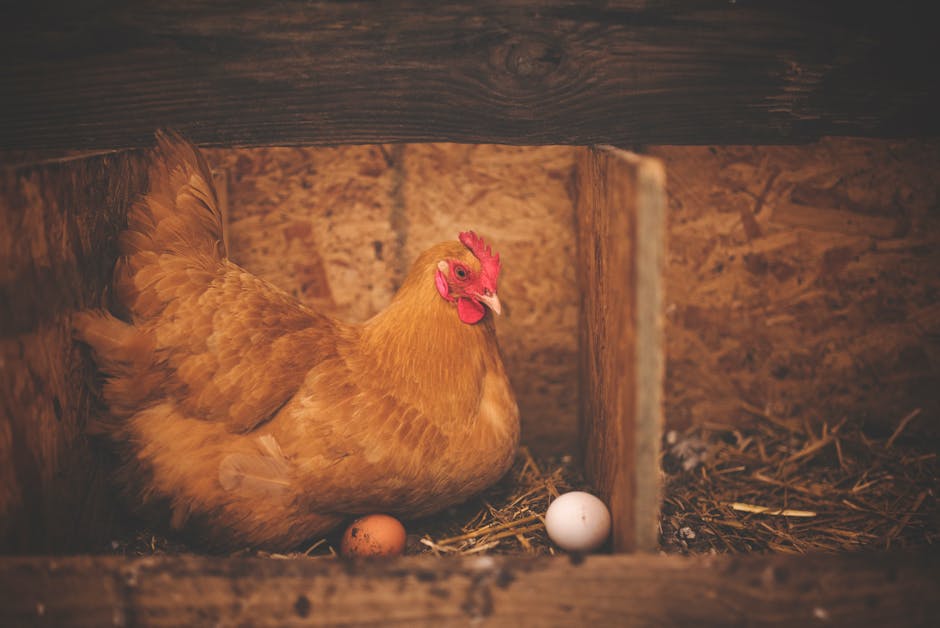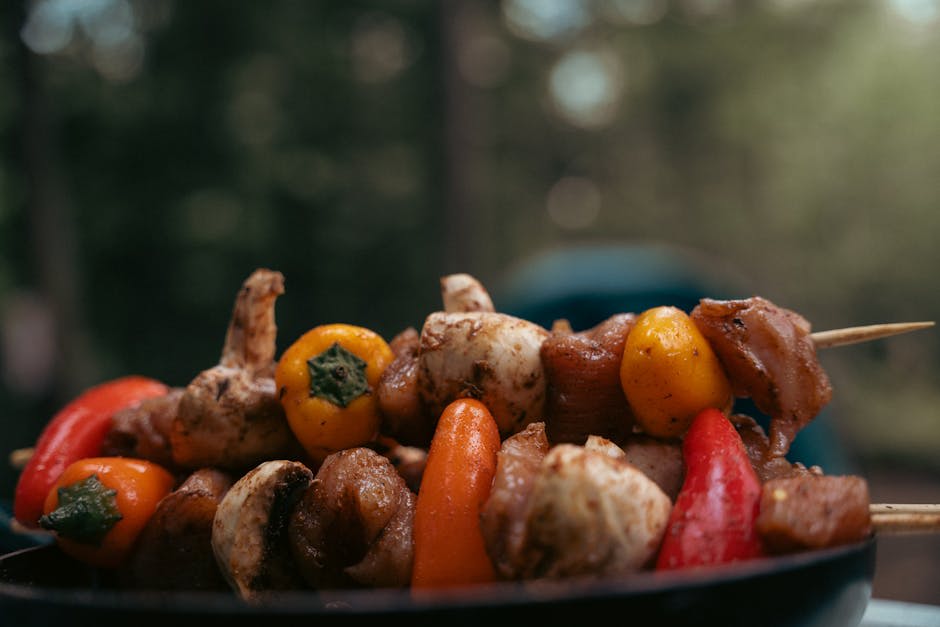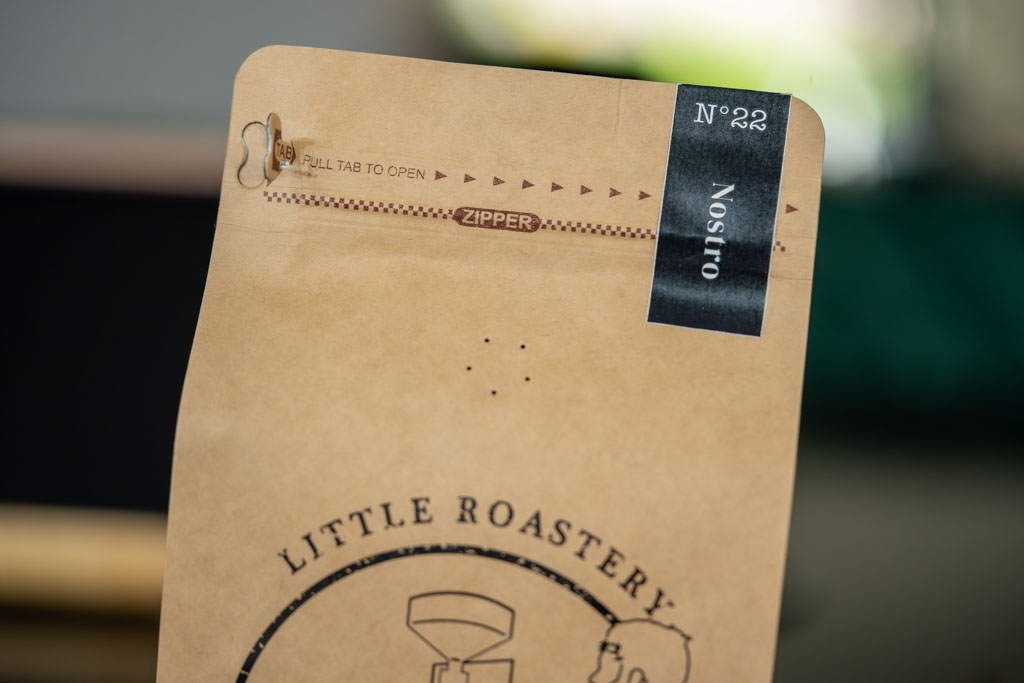Dive into the magical world of night photography infused with the art of light painting. This guide will unravel the secrets to capturing stunning, mystical images after dark. You’ll learn how to use long exposures to paint scenes with light, creating dazzling effects that transform the mundane into the extraordinary.
Ideal conditions
Best time of the day
Night
Suggested age
15+
Best weather conditions
Clear or partly cloudy skies
Budget
Between 0 and 100 euro
Bookmark this guide for later use, or better: Add it to your agenda!
Estimated duration: 1 day
Last editted on: 10-09-2024 12:37
Embark on Your Night Photography Adventure!
Make sure to add this project to your agenda and share it with someone who would enjoy capturing nighttime magic with you!
Understanding Exposure
Mastering exposure is crucial in night photography. Set your camera to manual mode to have full control over exposure settings. Start with a slow shutter speed, such as 10 to 30 seconds, to allow ample light to reach your sensor. Adjust your aperture to a low f-stop number like f/2.8 or f/4 for greater light-gathering capacity, but remember this will impact depth of field.
ISO settings can be kept low, around 100 to 400, to maintain image quality and reduce noise. Experiment with different combinations to find the perfect exposure balance for your scene.
Tools of the Trade
Essential tools for light painting include a sturdy tripod for stability, a bright flashlight, and colored gels for creative effects. Consider adding steel wool attached to a chain for dynamic spinning effects, creating fascinating light trails.
- Camera with manual settings
- Tripod
- Remote shutter release or self-timer
- Flashlight with adjustable settings
- Colored gels and steel wool
Technique and Creativity
Begin by setting up your camera on a tripod. Use a remote shutter release to minimize camera shake. Start with basic light patterns, like drawing shapes or writing words in the air. To create light orbs, stand in one spot and spin your light source around you while pivoting slowly.
For spirals, walk in a circle while swinging your light tool. Experiment and let your creativity shine through as you compose and layer different shapes.
Editing Essentials
Post-processing is key to enhancing your night photographs. Use software like Adobe Lightroom or Photoshop to adjust contrast, remove noise, and enhance colors. Use the clarity and vibrance settings to make the colors pop. Consider layering different images for more complexity and depth.
Safety and Practical Tips
Shooting at night presents unique safety challenges. Always scout your location by day to familiarize yourself with potential obstacles. Carry a cell phone with GPS capability and inform someone of your whereabouts.
Be mindful of weather conditions and dress comfortably for the temperatures you'll encounter at night. Keep extra batteries on hand as long exposures can drain power quickly.
Plan this experience
Discover the world beyond this screen. Play, try, and be yourself. Take the next step with PlayTryBe and bring your interests to life.


